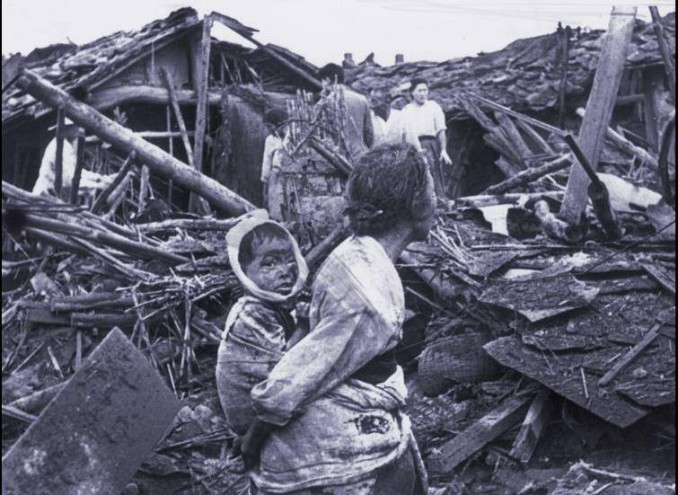Whose nukes are the real threat?
Echoing the language of the Washington political establishment and the think tanks of the billionaire ruling class, the U.S. corporate media repeat endlessly that the leaders of the Democratic People’s Republic of Korea must be “irrational,” “crazy” and other pejorative adjectives because that country has developed a small arsenal of nuclear weapons.
Let’s look at it from another direction.
A quarter century after the end of the Cold War, the Pentagon continues to stockpile more than 7,000 nuclear warheads. The U.S., unlike almost every other nuclear power, including the DPRK, has refused to pledge that it will refrain from first use of those weapons, even though the consequences of a nuclear war are unthinkable to the average person. (Not to the war planners, however. They are paid to think about how to get the most out of a nuclear war, which is an oxymoron.)
It also may surprise some people to know that the U.S. has signed but never ratified the Comprehensive Test Ban Treaty, which has been ratified by 164 other countries.
Since British forces burned Washington in 1814, no country has ever invaded the U.S.
The northern part of Korea was, however, invaded, and was ravaged for three years — 1950 to 1953 — by the U.S. and a coalition of countries under U.S. control. In that war, the U.S. Air Force bombed every single building over one story in north Korea. It threatened the DPRK with nuclear annihilation. Millions of people were killed in the war. But the DPRK didn’t give in.
Since then, there have been scores of war “games” staged by the Pentagon on the very borders of the DPRK. The U.S. has deployed tens of thousands of soldiers as well as nuclear-capable planes and submarines in its recent practice attacks.
Since 1992, the U.S. in coalition with other imperialist countries has militarily destroyed the governments of Afghanistan, Yugoslavia, Iraq and Libya — none of which had the armed might to repel the bombs and troops that were launched.
The DPRK has taken a lesson from all this: don’t make concessions that could weaken its defense and could lead to a horrendous situation for its people, comparable to the current wars and mass migrations in West Asia and North Africa.
If, in the words of U.S. pundits, it is “irrational” for the DPRK to depend on half a dozen nuclear weapons, then isn’t it 1,000 times more “irrational” for the U.S. to maintain its dangerous and aging arsenal of 7,000 such weapons? No one is going to invade the U.S., which is separated from Europe, Africa and Asia by two vast oceans. Why keep these doomsday weapons? Are the leaders of the U.S. crazy?
But irrationality really has nothing to do with any of this. This is just propaganda to line up the people in the U.S. against the DPRK and its leaders. Defaming the Korean leaders in the most offensive terms is meant to paralyze any discussion here, which could lead people to question why 28,000 U.S. troops remain in southern Korea almost 70 years since the Korean nation was cruelly divided.
The people in the northern half of Korea had a successful socialist revolution despite U.S. occupation of the south. U.S. billionaires hate socialism anywhere because it prevents them from exploiting the workers. The north Koreans want to live in peace and further develop their country. They don’t want an invasion by U.S. troops or transnational corporations, so they will protect their sovereignty by any means necessary. That’s not crazy.


